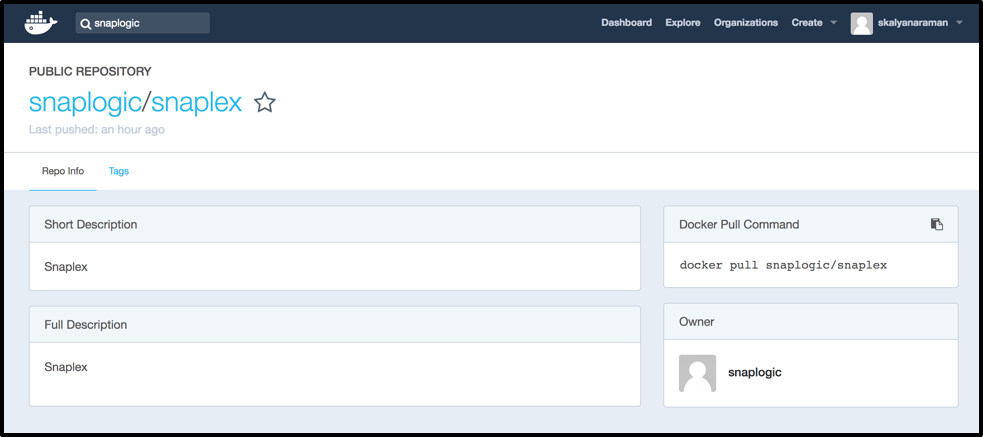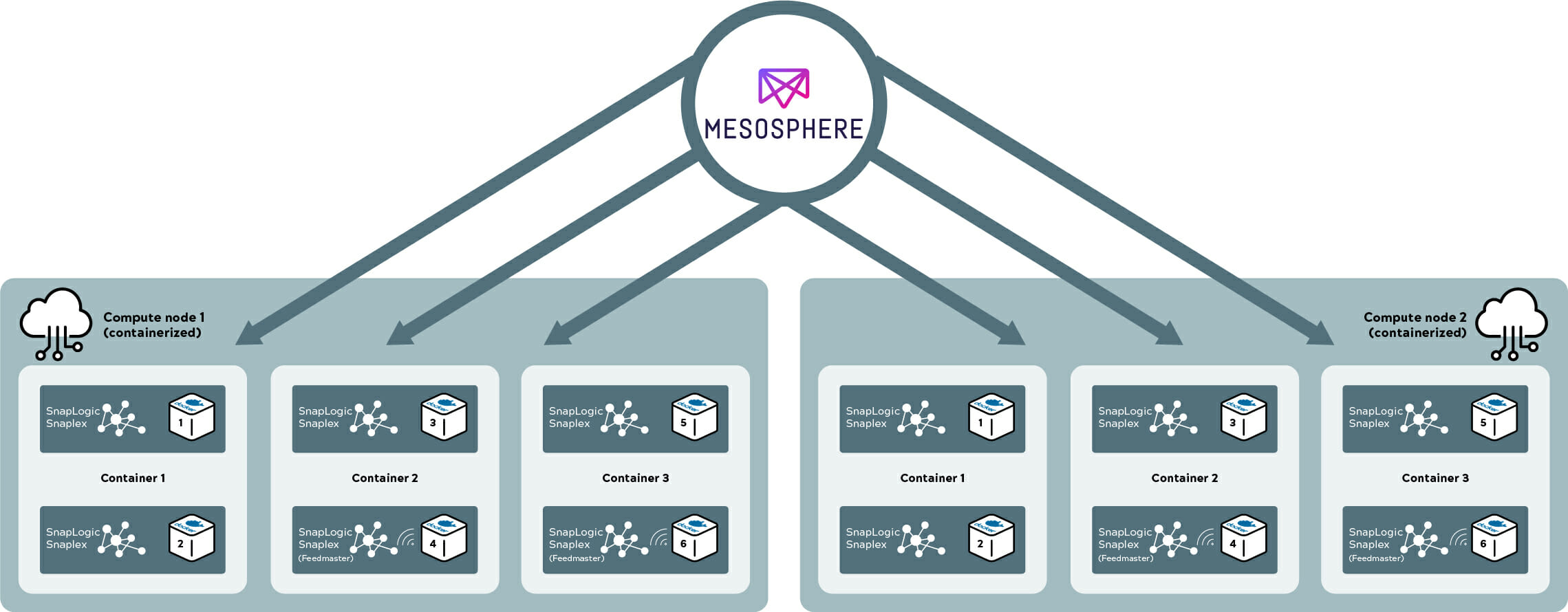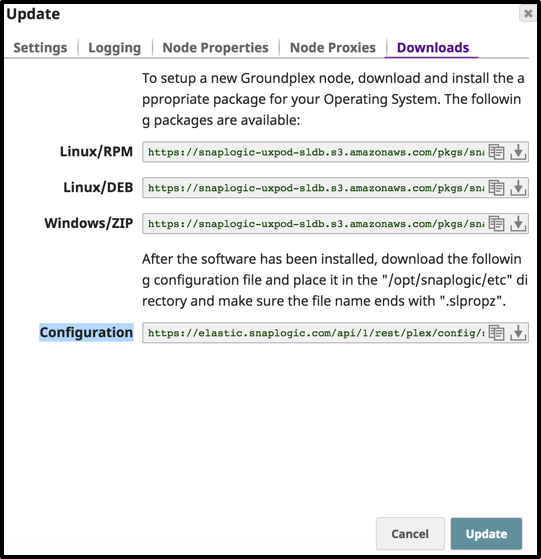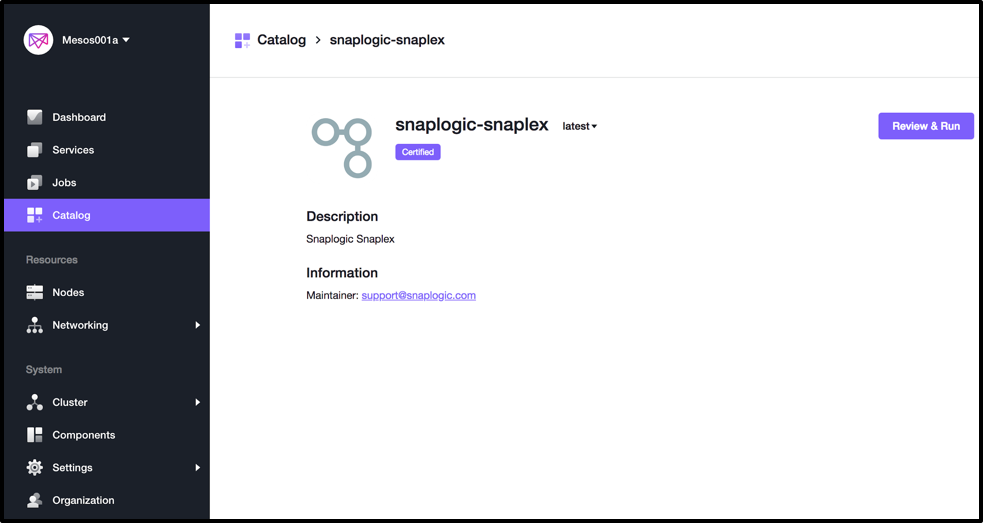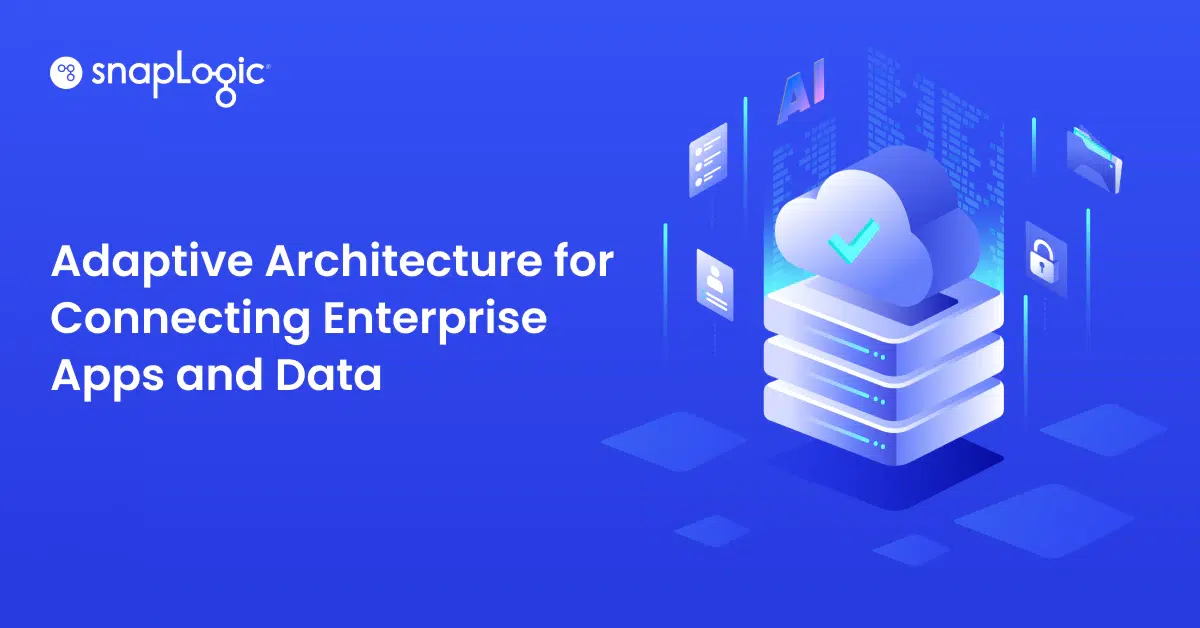As enterprises continue to invest heavily to optimize their IT infrastructure to keep up with business demands and become more agile, many embrace container technology and seek out applications that are compatible with it.
In previous releases, SnapLogic introduced its support for Dockerization of Snaplex nodes to add flexibility to existing environments. Recently, the SnapLogic Snaplex Docker image was published to Docker’s registry service – Docker Hub – and is available for use.
As part of the SnapLogic Enterprise Integration Cloud August 2018 4.14 release, we have extended our current capabilities to also support Snaplex management through Mesosphere DC/OS. This significantly reduces the total cost of ownership in terms of infrastructure teams and maintenance while enhancing technology standardization, availability, and CI efficiency. The following image illustrates a SnapLogic Snaplex that is managed by Mesosphere DC/OS:
At a high level, Mesosphere DC/OS is a container platform to manage containerized tasks that are based on Docker-like container images. The DC/OS platform is made up of multiple components such as a distributed kernel and a container orchestration engine to name a few. In addition to this, every DC/OS node runs a host operating system to manage the underlying machine. A collection of such networked nodes form a DC/OS cluster that can be managed by the DC/OS web interface through a web browser. To gain benefits from this new functionality, you need to ensure that the following prerequisites have been addressed:
- An org admin level account in SnapLogic that can create and spin up Snaplexes
- A Mesosphere account to access the DC/OS cluster
The first step is to create a Snaplex from the SnapLogic Manager in the usual manner and download a copy of the SnapLogic configuration file as shown below:
Next, the SnapLogic configuration file needs to be placed in a directory on the DC/OS cluster. It is important to note that the file needs to be placed on a shared directory so as to ensure that all DC/OS nodes in the cluster have access to it. As part of this engineered integration with Mesosphere, SnapLogic’s Snaplex image has been published to Mesosphere’s public package registry, i.e., Mesosphere Universe, and can be located by navigating to the “Catalog” section on DC/OS web interface as shown below:
At this point, clicking on “Review & Run” will initiate a wizard flow through which a user can assign values to various aspects of a Snaplex node such as:
- Number of CPU cores
- Amount of RAM/heap size
- Number of Snaplex Nodes/Instances to be spun up
- Type of the Snaplex Node: Standard Groundplex (or) Feedmaster
Upon completion of the wizard flow, the SnapLogic Snaplex becomes available to process pipelines and task invocations effectively in the usual manner. Among the many benefits of leveraging this approach the most noticeable aspect of it is that users can easily “Scale,” “Stop’” and “Restart” Snaplex nodes from within the Mesosphere DC/OS web interface thereby allowing Snaplex administrators to easily manage mission critical SnapLogic services running on their infrastructure.
To learn more about how SnapLogic supports Snaplex management through Mesosphere DC/OS, watch our video below.




